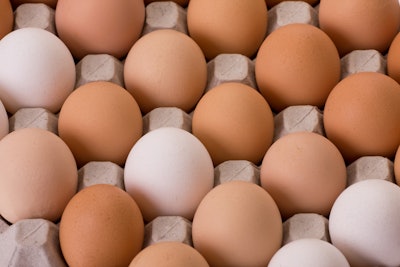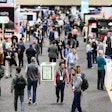
Egg prices have a cycle and are expected to come down, similar to the last time highly pathogenic avian influenza (HPAI) significantly impacted the U.S. layer supply, explained University of Arkansas Associate Professor and Agricultural Economist Jada Thompson.
Currently, egg prices are inflated due to depopulations to control outbreaks of the disease but will eventually come down as wildfowl migration subsides and the retail cycle changes.
The retail cycle moves with the holidays when consumers tend to buy more eggs, she explained.
“The high demand tends to coincide with periods of the year where egg laying kind of drops off a little, due to it being colder and the amount of light changes. There are hormonal effects to egg laying,” she explained. “Then in summer, the bird flu starts ebbing and then it picks up in the fall.”
However, the impact of light levels on egg production is only impactful for flocks exposed to natural light and not for flocks in closed housing with artificial light where the diurnal cycle is carefully controlled.
In combination with HPAI and the holiday surge, the egg supply is also affected by a small amount of “just-in-case” buyers in the grocery store.
“We see the egg prices, and then consumers are responding,” stated Thompson. “There's a bit of people buying all the eggs because they're concerned about the availability”
Thompson expects the supply will recover as 2025 continues. “Our egg supply is healthy,” she said. “I can tell you that the eggs are coming back on the market.”
HPAI and price recovery
In 2023, as the Spring season moved on, there were less cases of HPAI found in layer houses compared to 2024, causing prices to recover quicker. However, the number of HPAI cases in 2024 caused a bigger shock to the market.
It takes time to replace birds after depopulations, creating a lag in price recovery. Currently, the U.S. layer supply down about 3 percent, she explained.
According to the U.S. Department of Agriculture (USDA) Animal and Plant Health Inspection Service (APHIS), 43 million table egg layers were depopulated in 2022, 12 million in 2023, 38 million in 2024 and approximately 13 million in 2025, so far.

















